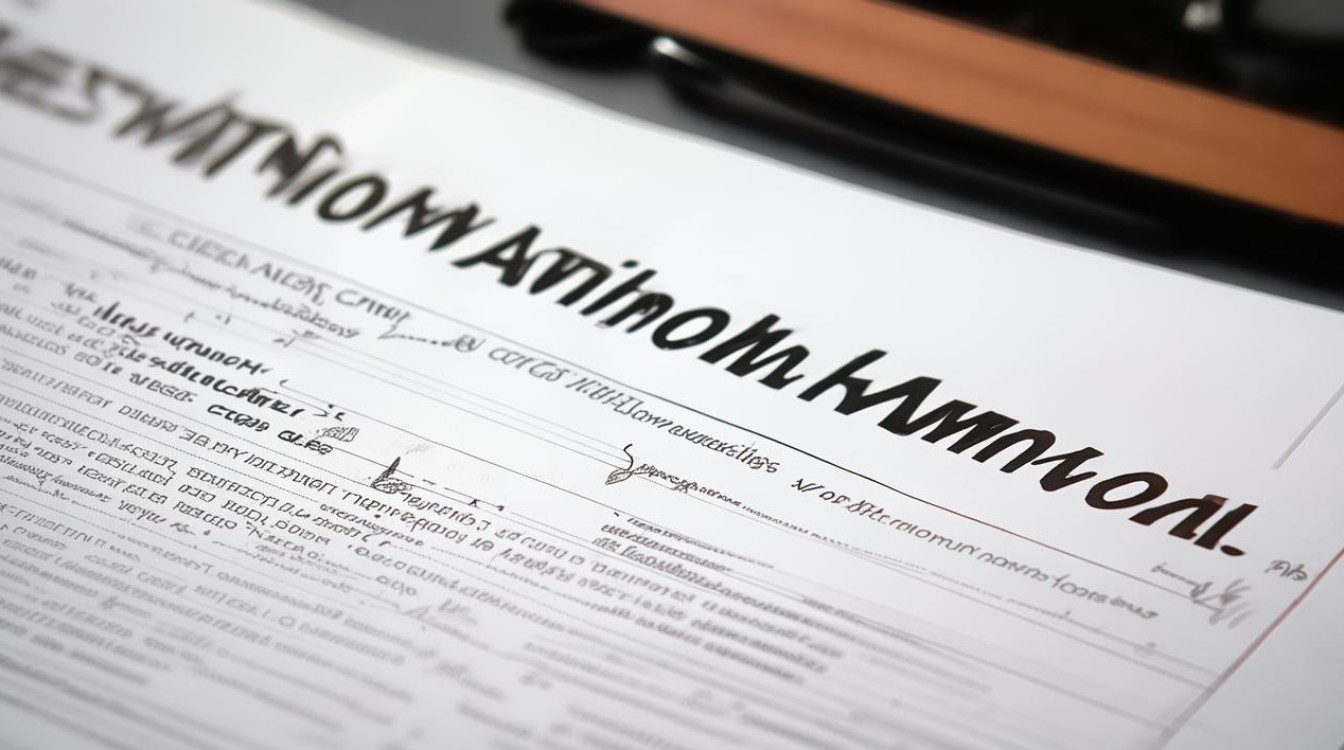雅思写作Task 1要求考生在20分钟内完成一篇至少150词的图表描述,图表类型包括线图、柱状图、饼图、表格和流程图等,掌握标准化的写作结构和表达方式,能帮助考生快速组织语言,确保逻辑清晰、数据准确,以下是针对不同图表的高分模板和实用技巧。
图表题核心写作结构
无论哪种图表,都应遵循四段式结构:
-
引言段(Introduction)
- 改写题目,说明图表展示的内容。
- 常用句式:
The chart/graph/table illustrates/compares the changes in...
The data provides information about...
段(Overview)** - 提炼2-3个最显著的趋势或特征,不涉及具体数据。
- 常用词汇:
Overall, the most noticeable trend is...
In general, there are significant differences between...
-
细节段1(Details Paragraph 1)
选择关键数据分组描述,如最高值、最低值或转折点。
-
细节段2(Details Paragraph 2)
补充对比或次要数据,确保覆盖所有信息。
五大图表类型专项模板
线图(Line Graph)
核心:描述趋势与波动
- 趋势动词:increase steadily, plummet sharply, fluctuate moderately
- 程度副词:slightly, dramatically, gradually
- 模板例句:
The consumption of coal experienced a sharp decline from 2000 to 2010, dropping by approximately 40%.
柱状图(Bar Chart)
核心:比较与排名

- 比较句式:
Country A accounted for the highest proportion at 35%, while Country B ranked the lowest with only 5%. - 数据衔接词:Similarly, In contrast, By comparison
饼图(Pie Chart)
核心:比例分配
- 比例表达:
The majority of energy (72%) was generated from fossil fuels, followed by renewables at 18%. - 避免重复:用account for, constitute, make up交替使用
表格(Table)
核心:横向与纵向对比
- 分类描述:
In terms of urban areas, the literacy rate stood at 94%, nearly double that of rural regions (52%).
流程图(Process Diagram)
核心:步骤与被动语态
- 流程动词:be transported to, be converted into, be distributed to
- 连接词:Subsequently, Once this stage is completed
提升分数的7个细节技巧
-
数据准确性
避免完全照抄题目数据,使用约数(about, approximately)或范围(from...to...)。
-
时态一致性
过去时间用一般过去时,预测数据用将来时或情态动词(is projected to, may reach)。
-
避免主观评价

不写“I think”或“This is surprising”,仅客观陈述。
-
多样化表达
替换重复词汇,如“increase”可替换为rise, grow, climb。
-
逻辑连接词
使用However, Meanwhile, In addition确保段落连贯。
-
单位与量词
明确标注单位(tonnes, percentage points),避免歧义。
-
结尾简洁

无需总结段,最后一句自然收尾即可。
常见错误与修正案例
❌ 错误示范:
The sales went up a lot.(模糊表述)
✅ 修正后:
The sales rose significantly from £2m to £5m between 2015 and 2020.
❌ 错误示范:
People like using mobile phones more.(主观推测)
✅ 修正后:
Mobile phone usage increased by 67% during the period.
实战案例解析
The line graph below shows changes in car ownership per household in the UK from 1975 to 2005.
高分范文节选:
The graph illustrates how the number of cars per household in the UK changed over a 30-year period. Overall, two-car households became increasingly common, while households without cars saw a steady decline.
In 1975, nearly 50% of households had no car. However, this figure dropped to just 25% by 2005. Meanwhile, the proportion of one-car families remained relatively stable at around 40%. The most striking change was in two-car ownership, which tripled from 10% to 30% during the same timeframe.


